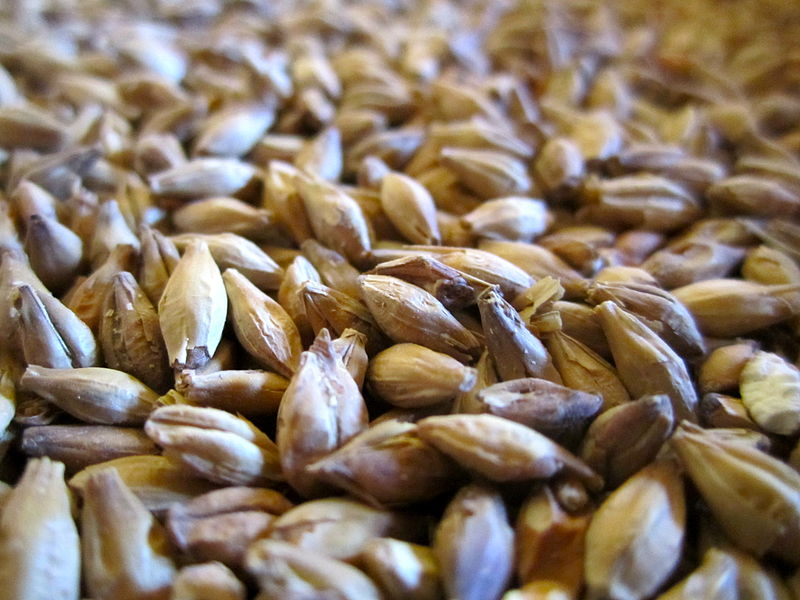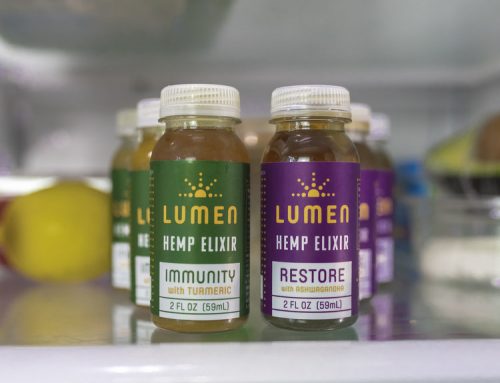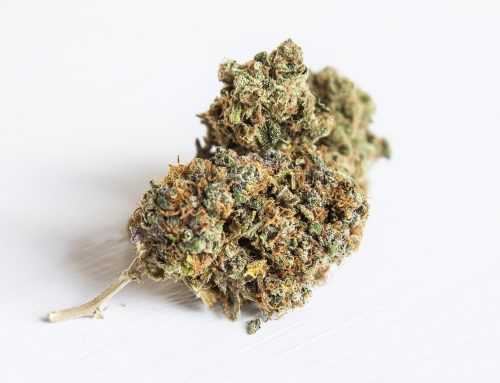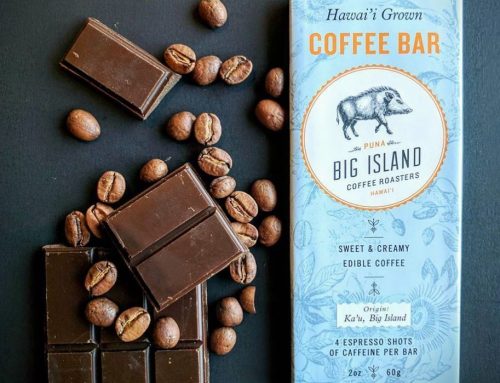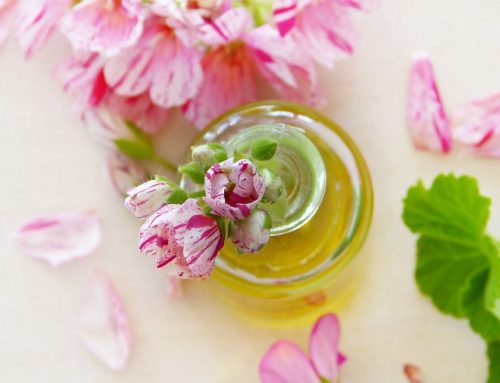Thanks to the IPA-driven American craft beer revolution, hops tend to get all the attention. However, there’s a lot more to beer. Beer is, at its most basic, just fermented water and cereal grain. The most common grain in beer is malt, and yet it is also the most often overlooked ingredient. Water matters, of course, as do hops, but the base malt of a beer truly defines it.
In terms of weight, malt is definitely the main ingredient in beer. To wit, a 30-bbl batch of beer has over 1000 lbs of grain in it. It’s effect on the final product cannot be overstated. It controls everything from a beer’s color to its flavor profile. A porter is a porter because of dark roasted barley that goes into it, for example. Once you understand the malt profiles of your favorite beers, you’ll understand a lot more about why they’re your favorites!
What is Malt?
Malt comes from barley. Barley is “malted” by soaking it, allowing the grains to germinate, then stopping that germination with heat. Various other grains can be used to make beer—rice, sorghum, wheat, rye, and oats, to name a few—but barley is by far the most popular.
Malted barley appears in far more than just beer, of course. It is the base of both whiskey and malt vinegar. However, beer is its most common application. After the barley has been “malted,” it goes into the mash tun, a vessel in which the starches of the barley are converted into sugars for fermentation. The resulting liquid is called the “mash,” and is what brewers boil in their brewing kettle. Only after the mash has been created do hops appear, added in much smaller quantities to the kettle as the mash boils.
Malt Controls Color
How much heat is applied to the barley determines how the beer will look. In case you’ve ever wondered why dark beer is dark, well, wonder no more. More roasted malt creates a darker beer. Darkly roasted malt makes porter, while lightly roasted malt makes pilsner, basically.
This roasting process, along with the type of yeast used in a beer—ale or lager—pretty much determines what the beer’s style will be. The combination is easy to guess for some styles. Pale ale is obviously a beer that uses lightly roasted malt and ale yeast, while a dark lager (or Schwarzbier) uses dark malt and lager yeast. A traditional German Märzen, the seasonal beer of Oktoberfest, uses lager yeast and a golden roasted malt.
Types of Malt
While the color of a malt affects the color of the final beer, that’s not the only thing it can change. There are a number of different types of barley used in beer, with many classic varieties having been grown in Europe for centuries. Whatever malts are used, the variety has a profound affect on the flavor.
Two-row pale malt, for example, is the most basic part of any grain-based beer’s malt profile. While this malt is fairly neutral, making it a great base malt, other malts have significant flavors of their own. Rye malt lends beer a dry, spicy, and aromatic tinge, giving rye beers their beloved flavor. And you probably can guess what beer chocolate malt stars in!
Knowing a bit about malt will go a long way toward increasing your understanding of craft beer. No longer will you wonder what that brewpub bartender means when they tell you an IPA is malt-driven. Or, for that matter, why dark beer is dark!

